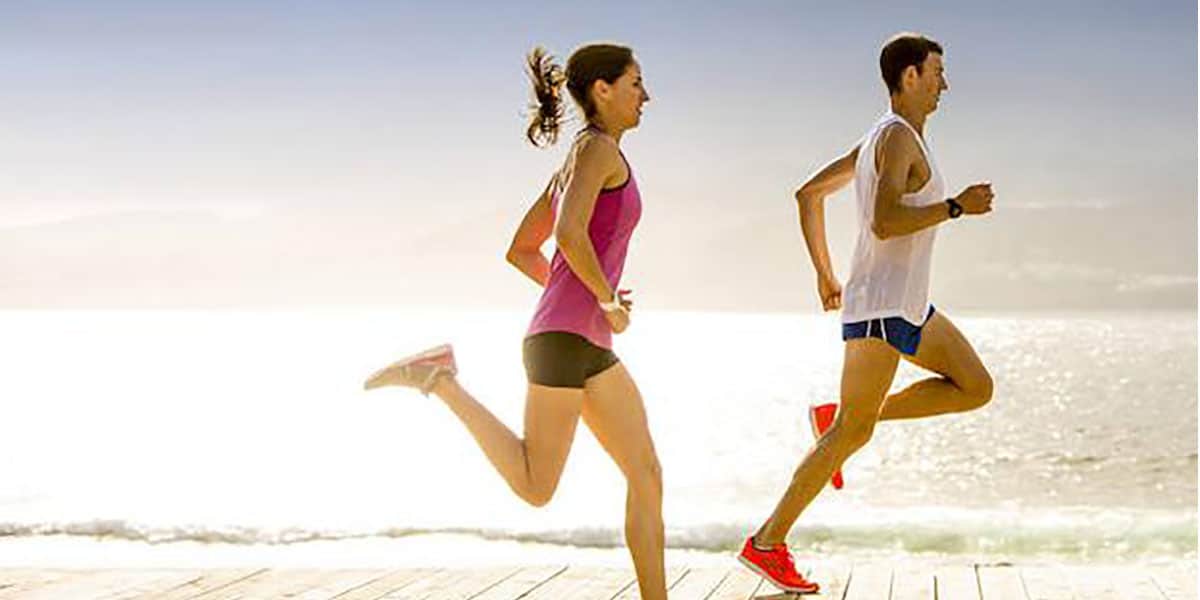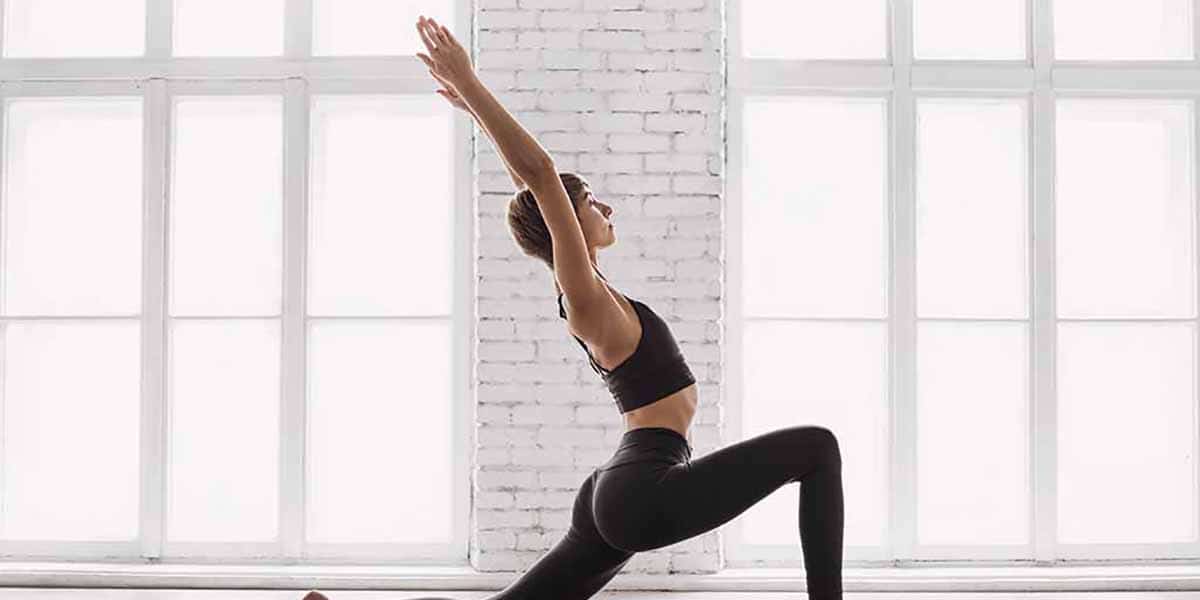
If when you do sports you find it difficult to breathe, they may be useful the tips that we will tell you below so that you can put them into practice.
Breathing well during exercise is essential to maintain the best oxygenation and endurance during sport, however, it is seldom known to breathe well when we start in sport.
Learning to breathe well is very important to you, as well as performing the movements well. Bad breathing habits can cause our performance to be affected and for that reason, we may see ourselves with a greater demotivation and we do not want to do it anymore. That is whylearning to breathe well is a very important aspect when it comes to exercising, because if we don't know how to do it well, it could bring undesirable consequences.
Breathing is very important during exercise
We do not always know how we should breathe during exercise, or when or how we can inhale and exhale while exercising, but with the correct technique and a little practice we could take much more advantage of the benefits of physical activity.
When we feel short of breath during exercise, it can be a sign that the body is not recovering from the effort you are doing during activity. For example, if you are walking in the field, and you can talk and walk at the same time, it is because you are breathing well and you can maintain that rhythm.
The general and most important guideline is:
- Inhale en repose.
- Exhale during exertion.
What we do not recommend is never to hold your breath during exercises, as this could cause cramps and pain, it can reduce performance and deprive the body of oxygenation. Although not all exercises are the same, during weight lifting and controlled breathing, a technique that you can apply with the help of your coach. Proper breathing increases the level of nitric oxide in the blood, the arteries relax and a very good circulation is maintained.
We have to clarify that there is no strict rule regarding how to breathe, whether through the mouth or through the nose during exercise. However, what is recommended is to breathe through the nose, because doing it through the mouth decreases resistance. If you breathe through your nose, it heats the air that reaches our lungs first and helps filter germs, bacteria, viruses and pollutants.
How you should breathe when exercising
The type of breathing depends on the exercise that is performed. Breathing calmly while doing yoga is not the same as breathing while running or lifting weights. For that reason, there are several things to keep in mind:
- In any type of exercise you should practice abdominal breathing. We have to breathe with the upper part of the chest, but this type of breathing increases tension and hinders blood circulation. It is a deeper and slower breathing, which helps to improve posture, increase performance and control stress.
- Enhanced breathing or more controlled breathing can also be applied. This is still a technique that consists of holding your breath for 7 to 10 movements before breathing again.
Breathing and doing it correctly seems more difficult than it is, we just have to be aware of how we breathe. Regardless of which exercise you do the most, you should take time to breathe, so that your physical activity is easier and better for your health.
What is asthma caused by physical exercise?
Occasionally, asthma caused by exercise can occur, this is due to a narrowing of the airways that are in the lungs due to intense physical activity. The most common symptoms are the cause of shortness of breath, a wheezing from the chest, cough and other symptoms during exercise after it.
Exercise-induced asthma is a term to talk about the bronchoconstriction induced by exercise. This term is more accurate because exercise induces this narrowing of the airways, but it is not the cause of asthma. In people who have asthma, exercise is one of the culprits that cause breathing problems.
Symptom
Signs and symptoms of exercise-induced bronchoconstriction they usually start during and shortly after exercise. These symptoms can last 60 minutes if left untreated. The most common symptoms are the following:
- Whistles
- Cough
- Shortness of breath
- Pain and tightness of the chest
- Fatigue when exercising
- Avoiding certain activities, a sign mostly seen by young children
- Lower performance in sport
How much should you see a doctor?
You should consult your doctor if you have different signs or symptoms of an exercise-induced bronchocostruction. There are some conditions that can cause similar symptoms, so getting an early and accurate diagnosis is very important.
You should quickly consult a doctor when:
- If you are short of breath and whistles sound that increase rapidly, which make it very difficult to breathe.
- There is no improvement after using prescription inhalers for asthma attacks.
Causes of asthma from exercise
The cause of exercise-induced asthma is unclear. There may be more than one biological process involved. People with this type of asthma also have inflammation and can produce excessive mucus after a vigorous exercise session.
Factors riesgo
Exercise-induced bronchoconstriction is more likely to occur on these occasions more frequently:
- People with asthma. About 90% of people with asthma suffer from bronchocostriction, although sometimes it can also happen to people who do not have asthma.
- Elite athletes. Although anyone can get exercise-induced asthma, it is more common in high-level athletes.
There are factors that increase the risk of the disease and it can be some triggers such as:
- Cold air.
- Dry air.
- Air pollution.
- Chlorine from swimming pools.
- Chemicals for ice cleaning equipment.
- Activities that involve deep breathing for long periods, such as running long distances, swimming, or playing soccer.


